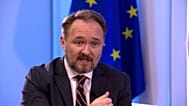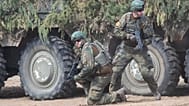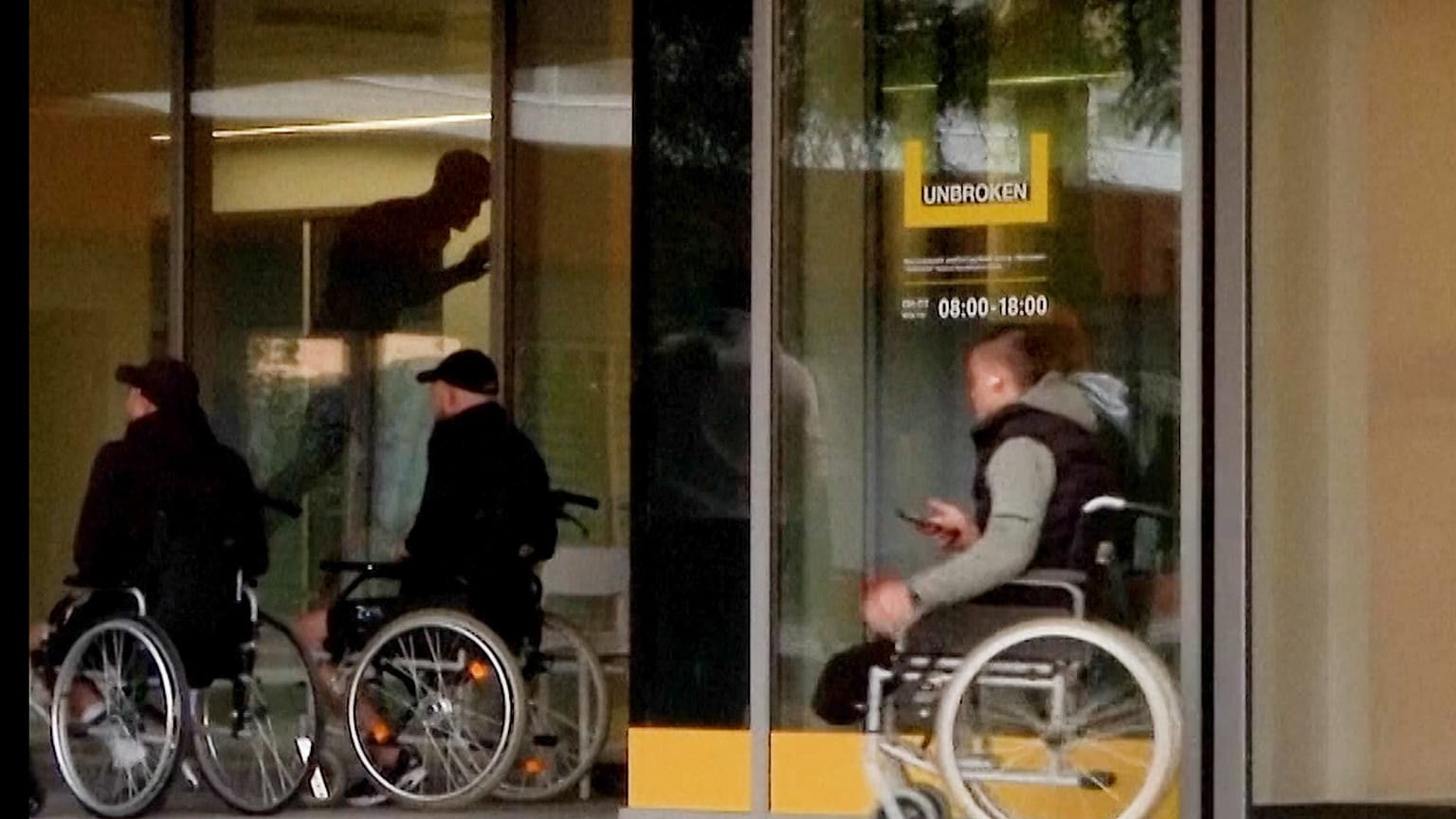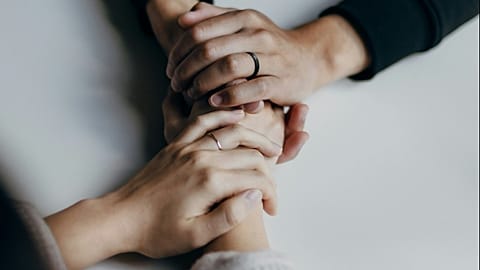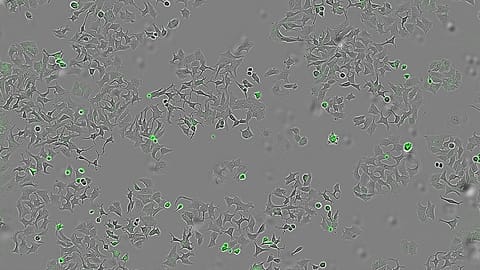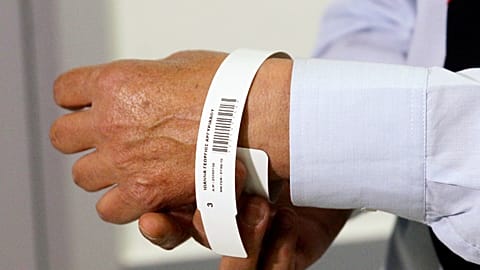The physical effects of Russia’s ongoing war in Ukraine are evident. But what about the mental scars?
Ukrainian soldier Artem Lykhozhon, aged 25, returned from captivity in Russia five months ago after a grueling three years as a prisoner of war that left deep psychological marks.
“We were forced to block all the emotions that we have,” said Lykhozhon.
When he finally reunited with his family, a moment he had dreamt of for three years, he found himself unable to feel joy.
“They were all very happy to see me, and I was also happy to see them, but I didn't feel anything … and I felt sorry for my family, that I seemed cold to them, but I really don't feel anything," he said.
Lykhozhon is now undergoing rehabilitation at a mental health facility at the Unbroken National Rehabilitation Centre in Lviv.
Here, specialists are helping Lykhozhon recover from the trauma using neurofeedback therapy, in which they monitor his brain activity through sensors attached to a special cap.
During sessions, Lykhozhon tries to keep his thoughts focused on a spot within a circle shown on a monitor. When he succeeds, the spot glows green. When he fails, it turns yellow.
This process teaches the brain self-regulation, according to the International Society for Neuroregulation and Research (ISNR). That’s key for improving physical symptoms related to stress as well as overall wellbeing.
24,000 patients in four years
From soldiers to civilians, patients from all over Ukraine come to this mental health facility for rehabilitation.
In the last four years, the clinic says it has treated about 24,000 patients.
“We have learned the trouble that lies in numbers,” said Oleg Bereziuk, head of the Unbroken Centre’s mental health department.
Bereziuk says the war has destroyed neural connections in patients’ brains – but that the centre’s mental health specialists can help them heal.
While it may be impossible for patients to return to the people they were before the war, the specialists say the key is learning to build a new life after trauma.
“Today we have to find the most optimal, highest quality and simplest tools that would restore this neuroplasticity and neurogenesis,” Bereziuk said.
For more on this story, watch the video in the media player above.

